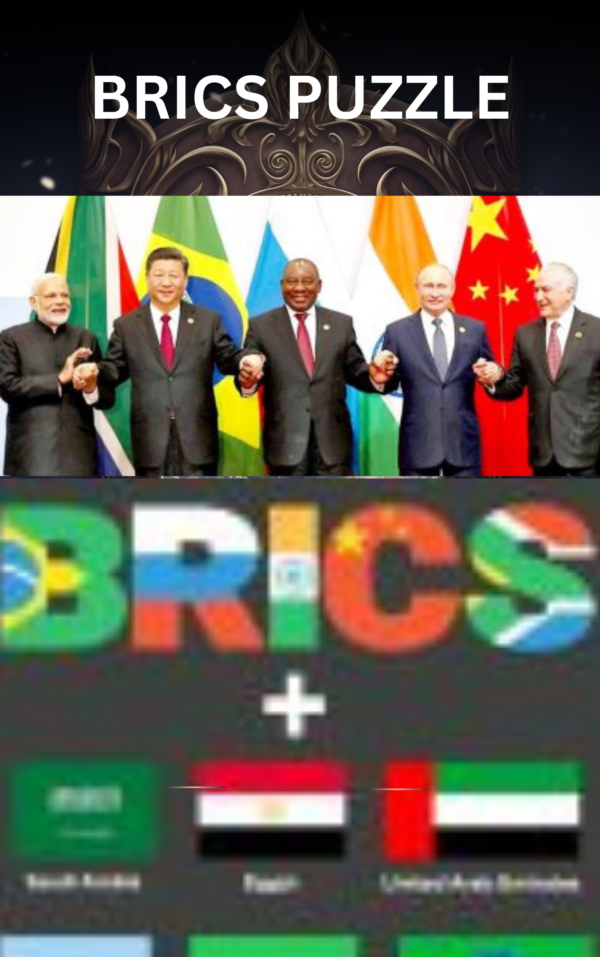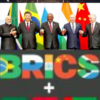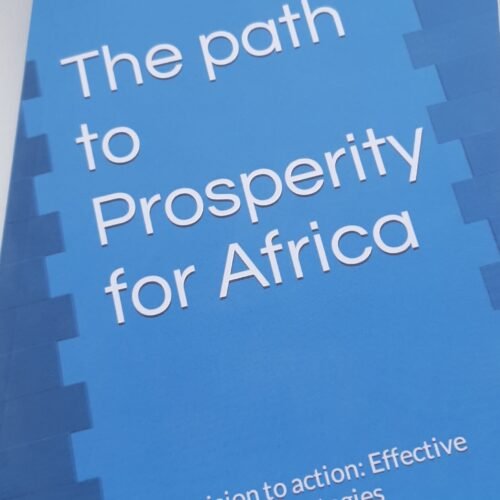In a world defined by globalization and shifting power dynamics, the book “BRICS Puzzle: Opportunity vs Danger,” authored by [Megersa Dano], who is a former diplomat in Geneva and currently a peace and development advocate, emerges as a beacon of intellectual inquiry into one of the most compelling geopolitical phenomena of our time. This masterful work intricately examines the BRICS nations—Brazil, Russia, India, China, and South Africa—and their collective impact on global peace and stability. Assembling a mosaic of insights, analysis, and historical context, the book delves deep into the intriguing interplay between the opportunity for progress and the lurking dangers inherent in the ascent of these emerging economies.
At its core, the book serves as a comprehensive roadmap for comprehending the transformative potential that BRICS nations bring to the international stage. Their united challenge to established power structures, economic prowess, and innovative approaches to global cooperation have reshaped the landscape of diplomacy and development. Aptly captured by the puzzle metaphor, the intricate web of potentialities and uncertainties that the BRICS represent is meticulously dissected, offering readers a panoramic view of these nations’ role in the world arena.
Through meticulous research and insightful analysis, the author meticulously elucidates the pivotal role of the BRICS grouping in shaping the contemporary international order. The book deciphers how these nations, diverse in culture, geography, and socio-political context, converge to present a united front with far-reaching implications. By unraveling the myriad dimensions that define the BRICS puzzle, the book uncovers the narrative threads of promise and ambiguity woven into their collective journey.
The allure of the BRICS phenomenon lies not merely in its promise of opportunity but also in its undercurrents of risk and peril. The book navigates these undercurrents with keen precision. As the BRICS nations rise to prominence, they inevitably alter the global equilibrium, resulting in geopolitical recalibrations and diplomatic tensions. The book delves into these intricacies, exploring the nuances of divergent ideologies, contested regional ambitions, and the delicate art of balancing individual national interests with the common good.
While highlighting the myriad opportunities for cooperative development, economic growth, and shared prosperity, the book does not shy away from addressing the potential dangers that need careful consideration. It offers a cogent analysis of how the concentration of power within the BRICS consortium can sometimes sow the seeds of discord, challenging the existing global order and testing the limits of multilateral diplomacy.
“BRICS Puzzle: Opportunity vs Danger” is not confined to abstract theory; it offers actionable insights for policymakers, diplomats, and scholars alike. The book underscores the importance of proactive strategies that harness the potential while mitigating the risks. It emphasizes the role of effective diplomacy, dialogue, and the alignment of interests in fostering a climate of collaboration that can maximize the benefits of the BRICS initiative.
In conclusion, “BRICS Puzzle: Opportunity vs Danger” is a magnum opus that transcends its title. It is a guide to navigating the complexities of a rapidly evolving world order, where the rise of emerging economies disrupts established norms and offers both promise and peril. The book’s comprehensive analysis, informed by historical context and geopolitical acumen, serves as a navigational tool for understanding the BRICS phenomenon in its entirety. In an era defined by uncertainty, this book shines as a beacon of insight, illuminating the intricate balance between the opportunity for progress and the ever-present specter of danger on the global stage.










Reviews
There are no reviews yet.